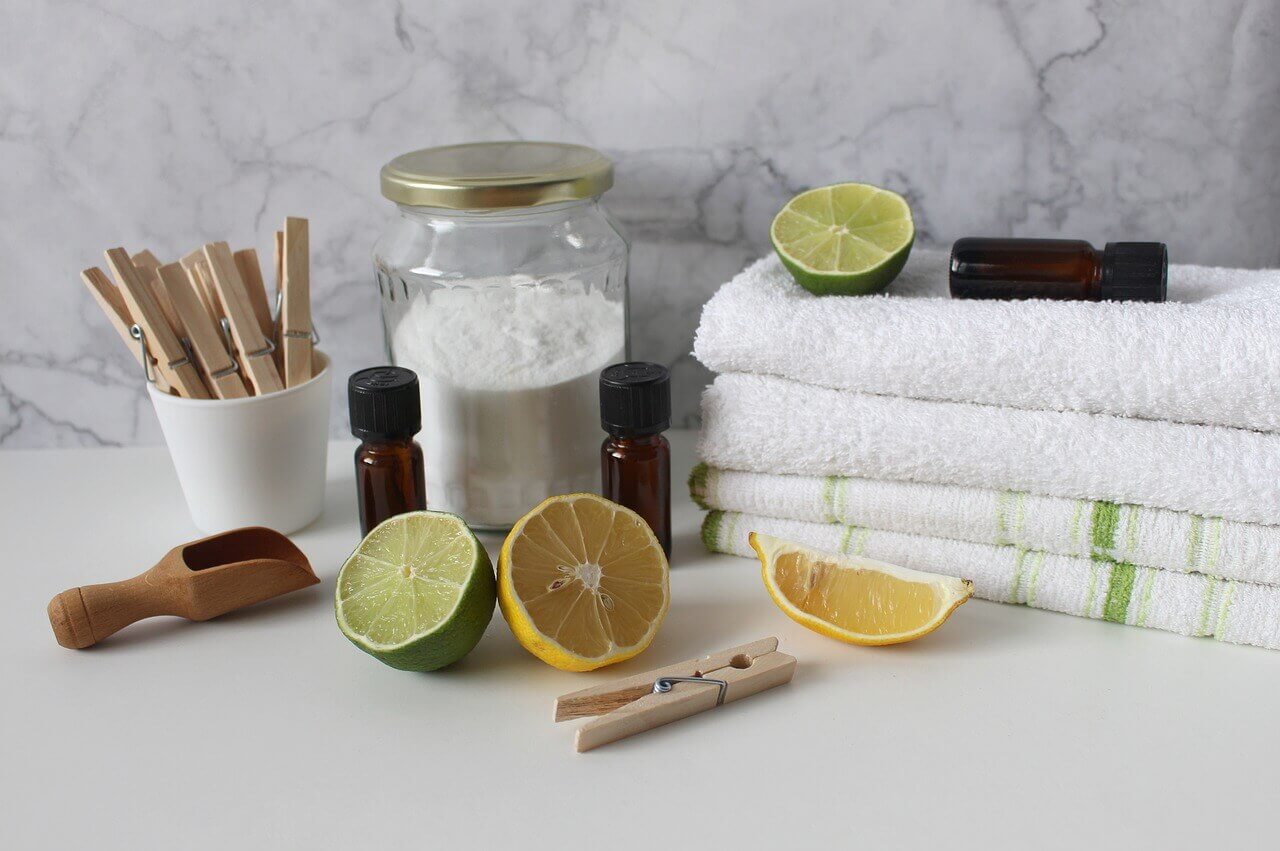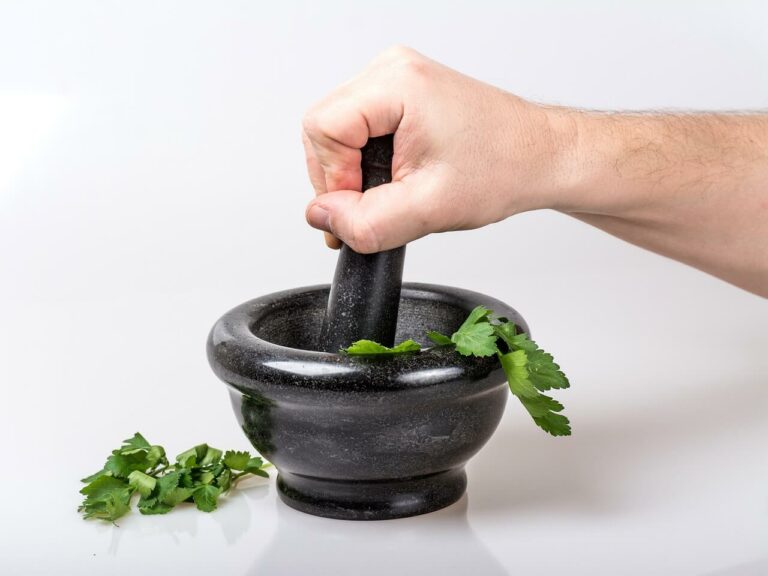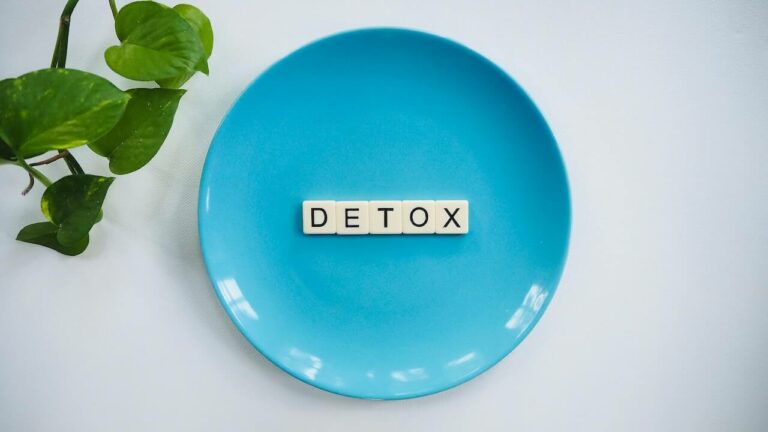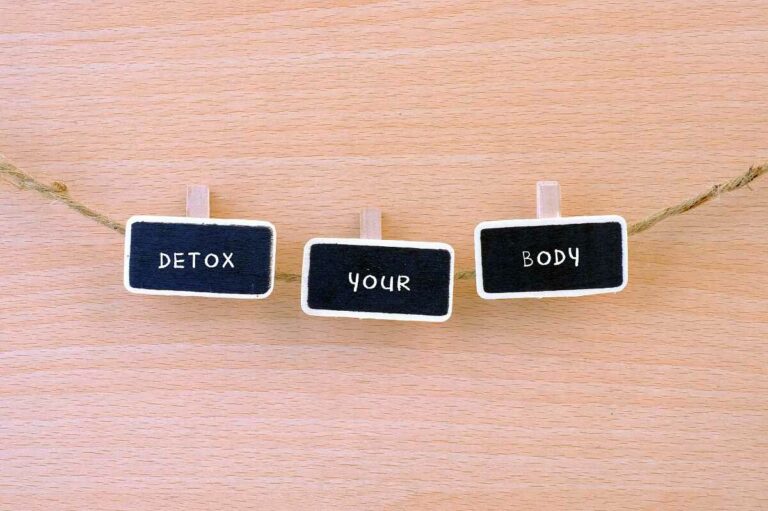How to Detoxify Your Body with a Baking Soda Bath

It’s no secret that indulging in a hot bath is one of the best ways to relax and destress after a tiring day.
But did you know that adding baking soda to your bathwater also has excellent detoxifying properties?
Baking soda baths have been around since ancient times, as they’re an incredibly effective way to cleanse the skin and remove toxins from your body – all while enjoying some much-needed time for yourself.
This article will discuss the benefits of baking soda baths and how they can improve your overall health and well-being.
Contents
- 1 What is a Baking Soda Detox?
- 2 Benefits of Baking Soda Detox Bath
- 3 Who should avoid baking soda detox baths?
- 4 Possible side effects and risks of baking soda detox bath
- 5 Tips for a safe baking soda detox bath experience
- 6 What Does a Baking Soda Bath Do?
- 7 Baking Soda Bath Side Effects
- 8 Bottomline
- 8.1 Frequently Asked QuestionsHow Much Baking Soda in Bath is Ideal for Detox?
- 8.2 How much baking soda is in the bath for itching?
- 8.3 How to Take a Baking Soda Bath?
- 8.4 What Happens If You Put Baking Soda in Your Private Parts?
- 8.5 Does baking soda bath detox your body?
- 8.6 How much baking soda do I put in a detox bath?
- 8.7 Does baking soda bath help pH balance?
- 8.8 How long do you soak in a baking soda bath?
What is a Baking Soda Detox?
A baking soda detox bath is an increasingly popular way to enjoy a relaxing spa-like experience while promoting overall body wellness and health.
This type of bath involves adding baking soda and sometimes essential oils to your warm bath water. The goal is to soak in the mixture for at least 30 minutes to help eliminate toxins from your body.
Many believe it can help with skin issues, improve immune system support, reduce stress levels, encourage better sleep patterns, and even flush out metabolic waste from the body’s fat cells.
Some practitioners also recommend adding sea salt into the mix as this can increase circulation and aid muscle aches or pains from intensive workouts or everyday wear-and-tear on your muscles.
Baking soda has been used for centuries for medicinal purposes due to its alkaline nature, which helps balance our acidic pH levels. Let’s go over its benefits in detail.
Benefits of Baking Soda Detox Bath
Reduces inflammation
Adding baking soda to your bath helps reduce inflammation by balancing pH levels.
This is because baking soda or sodium bicarbonate is alkaline, which can neutralize acids such as lactic acid, which causes joint pain and stiffness.
So, when added to warm water, it can help soothe these problems naturally.
Helps diaper rash
Bathing in baking soda may also benefit babies with irritations from diaper rash or other skin conditions like eczema and psoriasis.
It removes toxins from the skin while soothing any discomfort associated with the rash.
Exfoliates dead skin cells
Combining Epsom salts with baking soda in your bath can offer additional benefits, such as exfoliating dead skin cells.
Adding some Epsom salt and a cup of baking soda into your bath may encourage dead skin cells on the surface area of your body to come off, giving way to fresh, healthy skin beneath.
Relaxes stiff muscles
Baking soda baths are also great for relaxing the tightness in muscles due to over-exertion, as they contain anti-inflammatory properties that calm down soreness while providing relief.
Plus, adding essential oils into the mix may further enhance its effects – just be sure not to use too much oil to create an overly oily environment where there won’t be any buoyancy effect.
Soothes itchy skin
A baking soda bath can soothe itchy skin and relieve various skin conditions. If you suffer from itching, take a hot water soak infused with about two cups of baking soda for about 20 minutes.
These baths can also help alleviate the itchiness and discomfort caused by poison ivy rashes, thus relieving the irritation and helping speed up the healing process.
Balances pH level
Our skin has a slightly acidic pH, which forms a protective barrier called the acid mantle. This barrier helps keep moisture in and harmful bacteria out.
When the skin’s pH balance is disrupted, it can lead to skin problems such as dryness, irritation, and itchiness. Baking soda, with its alkaline nature, can potentially help neutralize the excess acidity on the skin and restore the natural pH balance.
Who should avoid baking soda detox baths?
Baking soda detox baths can benefit some people, but there are situations in which they should be avoided.
People with open wounds or cuts should avoid baking soda baths since the alkaline environment could increase the risk of infection.
Those with eczema, dermatitis, or other skin conditions should consult their doctor before trying a baking soda bath. It may irritate already inflamed skin due to its high pH levels.
Likewise, those who suffer from hypertension and heart problems need to talk to their doctor first since baking soda detox baths can cause blood pressure fluctuations and increase your risk of experiencing cardiac issues.
Additionally, if you’re pregnant, it’s best to avoid taking any hot soak until you get the go-ahead from your doctor, as your altered hormonal makeup could make these treatments more detrimental than beneficial.
Possible side effects and risks of baking soda detox bath
Taking a baking soda detox bath is beneficial in some aspects, but there are also potential risks you should consider before taking the plunge. Here are some possible side effects and risks associated with baking soda detox baths:
Allergic Reaction
Taking a bath could trigger an allergic reaction if you have an allergy or sensitivity to sodium bicarbonate (baking soda).
Symptoms of this may include itchy skin, hives, rash, swelling of the face or throat, difficulty breathing, and, in extreme cases, anaphylactic shock.
Skin Irritation
Baking soda increases alkalinity, which can cause redness and irritation on sensitive skin types after extended exposure to the high pH level from the regular use of a baking soda bath.
To play it safe, take shorter baths (10-15 mins) or dilute your concoction by adding two parts water for each one part baking powder/soda when mixing your solution.
pH Changes
Depending upon individual circumstances, like shampoos used previously without proper rinsing off, all chemicals present on the scalp can lead to higher alkalinity that alters the natural acidity level of hair follicles, leading to changes in its appearance as well as health conditions over time due to damage caused by improper pH balance.
Dehydration
Using too much baking powder/soda per volume capacity of water used for bathing leads to a softening effect, decreasing our body’s natural oils, thus making us feel dryer than usual, resulting in dehydration symptoms such as fatigue and headaches if not rehydrated properly post-bath with plenty of plain water both before & after bathing.
If any of these risks or side effects occur during your bath experience, please suspend use immediately and consult a medical professional if necessary!
Tips for a safe baking soda detox bath experience
- Start with a warm bath. The temperature should not be too hot as this is uncomfortable and will cause your body to lose its natural cooling mechanisms. To ensure that the bath remains at a safe temperature, add cold water gradually while stirring or pouring it in slowly.
- Add 1/2 to 2 cups of baking soda in the bathwater and stir gently until fully dissolved. It is best to keep stirring throughout your detoxification experience so that the baking soda distributes itself evenly throughout the water and reaches every part of your body for optimal absorption benefits.
- Stay in the tub for about 20 minutes, allowing yourself time to relax and de-stress from your day’s activities as you enjoy your detoxifying soak. You can close your eyes and focus on releasing any toxic energies from within by pushing air out through each breath you take during this time if you choose to do so – take deep breaths, inhaling through your nose and exhaling through your mouth, allowing all tensions inside become released into nothingness with each exhale cycle.
- When finished soaking in the mixture, rinse off thoroughly with cool or lukewarm water before leaving the tub (cold showers stimulate circulation).
- Afterward, make sure that you drink plenty of fluids like lemon water or herbal tea (such as chamomile tea), which help rehydrate dehydrated cells during post-watershed moments by replenishing minerals lost after soaking. This will also help flush out any toxins left behind from taking an extended soak earlier during this relaxation period!
What Does a Baking Soda Bath Do?
Baking soda bath is more than getting some me time, relaxing in a tub filled with warm water. It has several health benefits.
Many believe it can help with skin issues, improve immune system support, reduce stress levels, encourage better sleep patterns, and even flush out metabolic waste from the body’s fat cells.
Some practitioners also recommend adding sea salt into the mix as this can increase circulation and aid muscle aches or pains from intensive workouts or everyday wear-and-tear on your muscles.
Baking soda has been used for centuries for medicinal purposes due to its alkaline nature, which helps balance our acidic pH levels. Let’s go over its benefits in detail.
Baking Soda Bath Side Effects
Taking a baking soda detox bath is beneficial in some aspects, but there are also potential risks you should consider before taking the plunge. Here are some possible side effects and risks associated with baking soda detox baths:
Allergic Reaction
Taking a bath could trigger an allergic reaction if you have an allergy or sensitivity to sodium bicarbonate (baking soda).
Symptoms of this may include itchy skin, hives, rash, swelling of the face or throat, difficulty breathing, and, in extreme cases, anaphylactic shock.
Skin Irritation
Baking soda increases alkalinity, which can cause redness and irritation on sensitive skin types after extended exposure to the high pH level from the regular use of a baking soda bath.
To play it safe, take shorter baths (10-15 mins) or dilute your concoction by adding two parts water for each one part baking powder/soda when mixing your solution.
pH Changes
Depending upon individual circumstances, like shampoos used previously without proper rinsing off, all chemicals present on the scalp can lead to higher alkalinity that alters the natural acidity level of hair follicles, leading to changes in its appearance as well as health conditions over time due to damage caused by improper pH balance.
Dehydration
Using too much baking powder/soda per volume capacity of water used for bathing leads to a softening effect, decreasing our body’s natural oils, thus making us feel dryer than usual, resulting in dehydration symptoms such as fatigue and headaches if not rehydrated properly post-bath with plenty of plain water both before & after bathing.
If any of these risks or side effects occur during your bath experience, please suspend use immediately and consult a medical professional if necessary!
Bottomline
A baking soda detox bath is a fantastic way to pamper yourself, relax, and recharge your body in one fell swoop! Beyond a luxurious experience, many physical benefits make this self-care ritual especially useful.
Plus, with all the available recipes and variations, you have lots of room to customize your personal detox bath experience to meet your specific needs.
It’s essential to take proper safety precautions and follow appropriate guidelines not to cause any harm while soaking in a baking soda bath – but once that’s done, you’re free to enjoy all the fantastic wellness benefits it offers!
Frequently Asked Questions
How Much Baking Soda in Bath is Ideal for Detox?
It depends on the size of your bathtub, but generally, you want to use 1/4 to 1/2 cup of baking soda mixed in warm water.
To maximize the detoxifying effects, soak for approximately 20 minutes and make sure the temperature is comfortable for your skin. After soaking, make sure to rinse off in the shower.
How much baking soda is in the bath for itching?
Adding a quarter cup of baking soda in a bath is best to combat itching. Mix the baking soda in lukewarm water for the best results and let it sit for about half an hour.
The quantity is enough to help tackle itching, skin irritation, and infections.
How to Take a Baking Soda Bath?
First, you should prepare the bath. Take anywhere from a quarter to two cups of baking soda and mix them in warm water. Stir mix the soda till it completely dissolves.
Once it has dissolved, you should soak in it for 40 minutes.
That’s it! You need to sit in there and enjoy as the baking soda works its magic on your body.
Pat dry your body with a towel and apply a lotion or oil after the bath.
What Happens If You Put Baking Soda in Your Private Parts?
Baking soda, being acidic, works as a natural hygiene wash. When applied to your private parts, it can help regulate the pH levels of the vagina. So, if you have recurrent yeast infections or candida, it can kill the yeast cells.
However, prolonged exposure can cause skin irritation.
Does baking soda bath detox your body?
Yes, baking soda baths can be an excellent way to detox your body! Baking soda helps absorb gases and toxins, balances pH levels, softens skin, and soothes itching.
It can also help reduce odor caused by perspiration and support muscle relaxation after physical activity.
How much baking soda do I put in a detox bath?
It depends on the size of your bathtub, but generally, you want to use 1/4 to 1/2 cup of baking soda mixed in warm water.
To maximize the detoxifying effects, soak for approximately 20 minutes and make sure the temperature is comfortable for your skin. After soaking, make sure to rinse off in the shower.
Does baking soda bath help pH balance?
A baking soda bath can help regulate your skin’s pH balance. Baking soda is an alkaline substance that acts as a natural buffer to help maintain the skin’s acid mantle and reduce dryness, itching, and irritation.
Its anti-inflammatory properties can also be beneficial for soothing psoriasis and eczema.
How long do you soak in a baking soda bath?
Enjoy a 20-minute baking soda soak in a warm bathtub for optimal results. This helps to balance the body’s pH and reduce skin irritation and inflammation. Be sure to use 1/4 to 1/2 of a cup of baking soda per gallon of warm water.

Rahul is a nutritionist and personal trainer with 3+ years of experience in the field of health coaching. He specializes in nutrition science, with a keen eye for how food choices, lifestyle habits, and physical activity impact our bodies.






